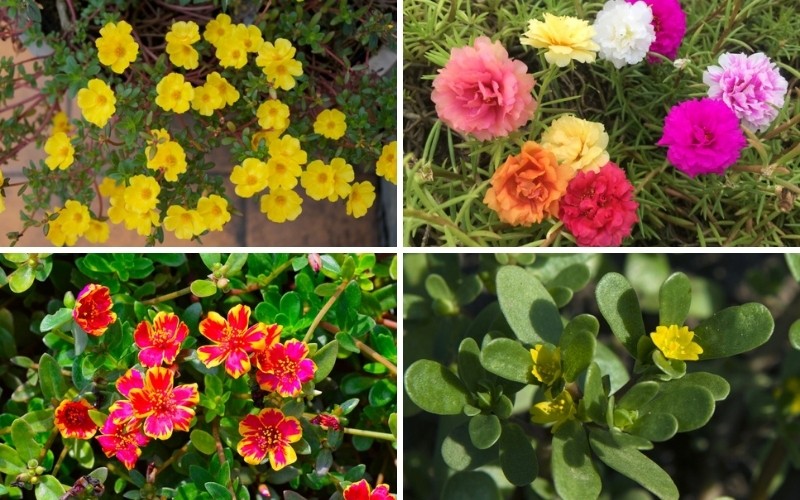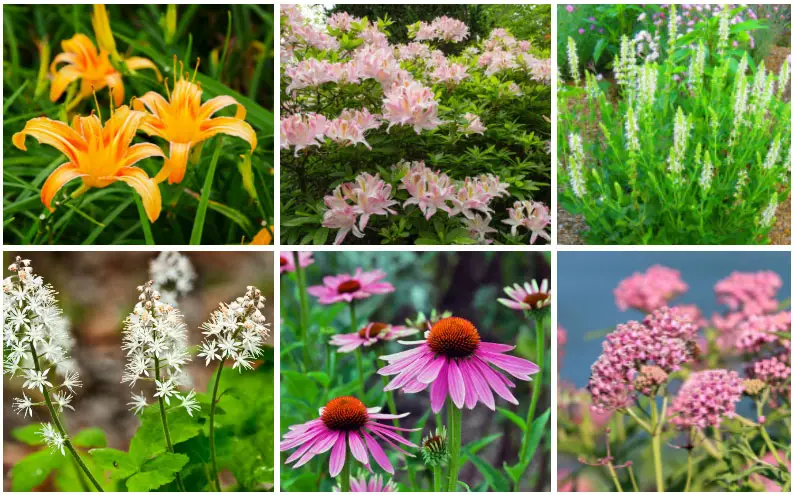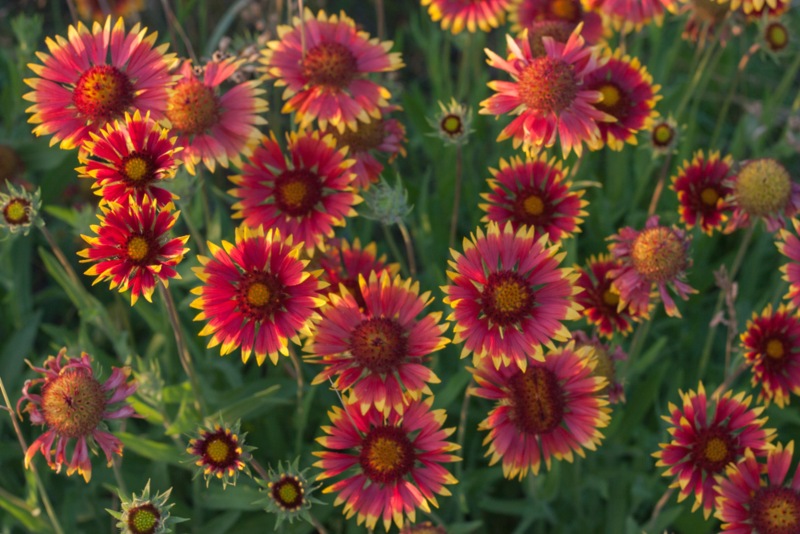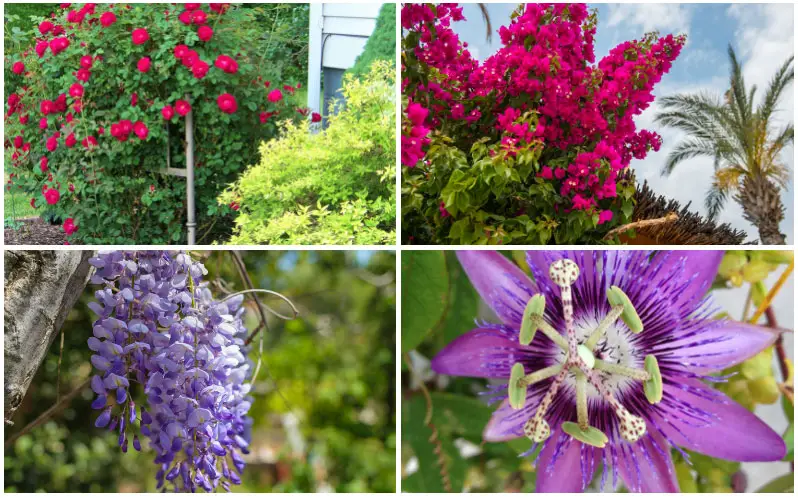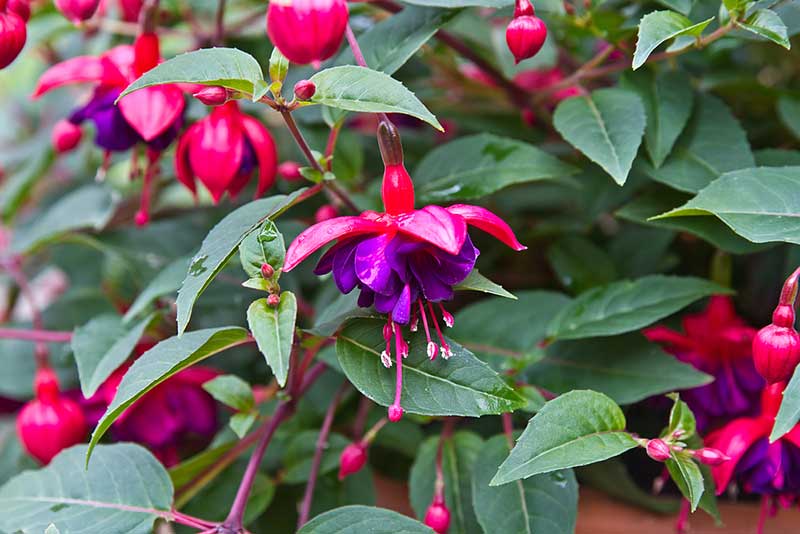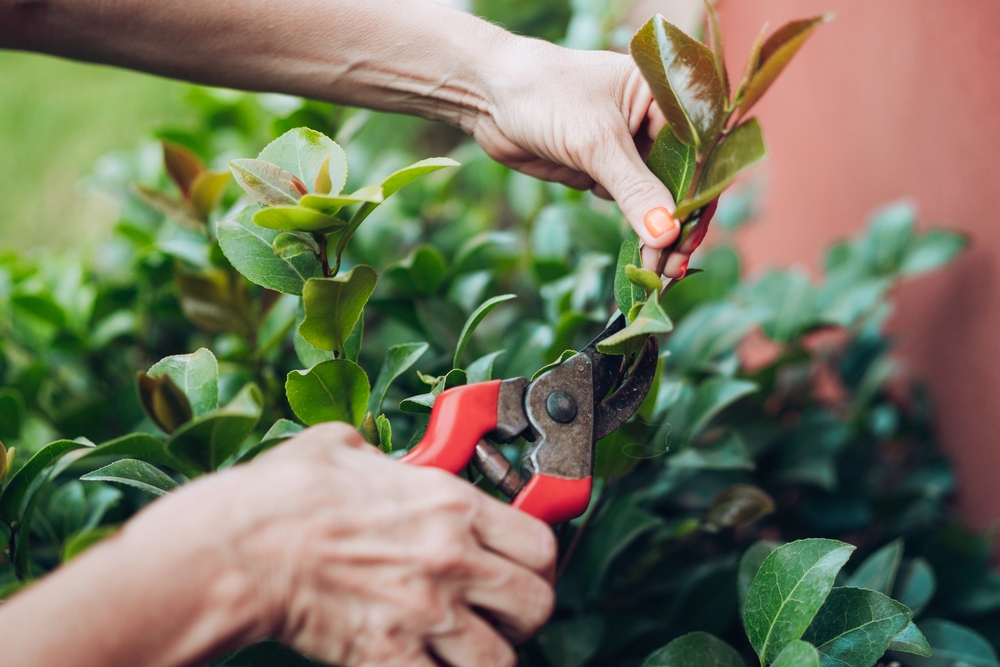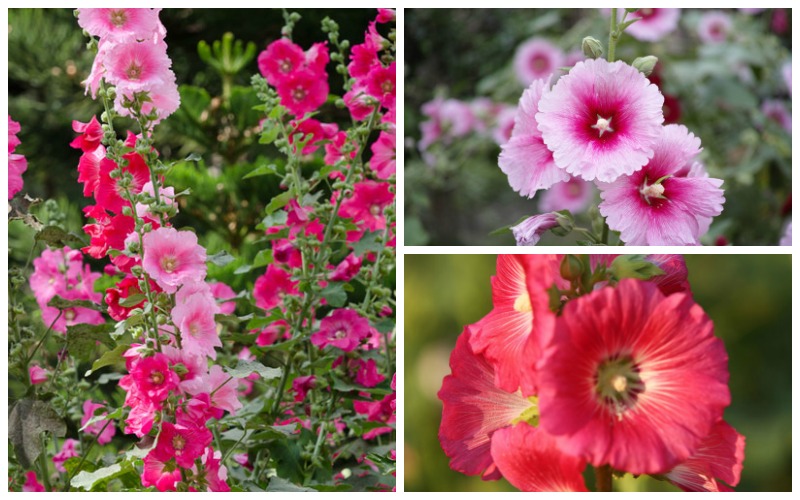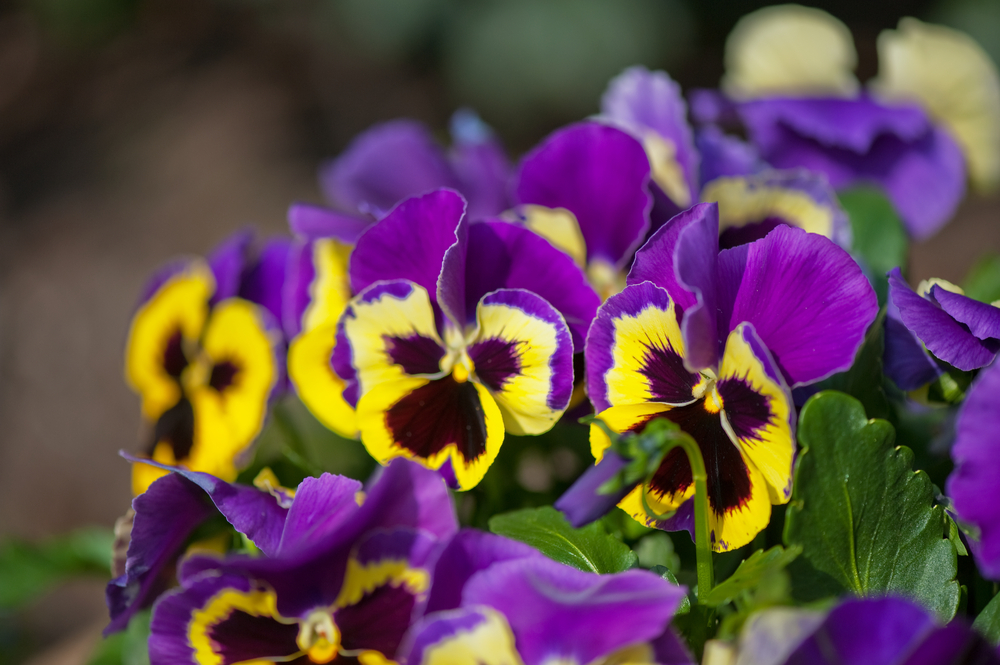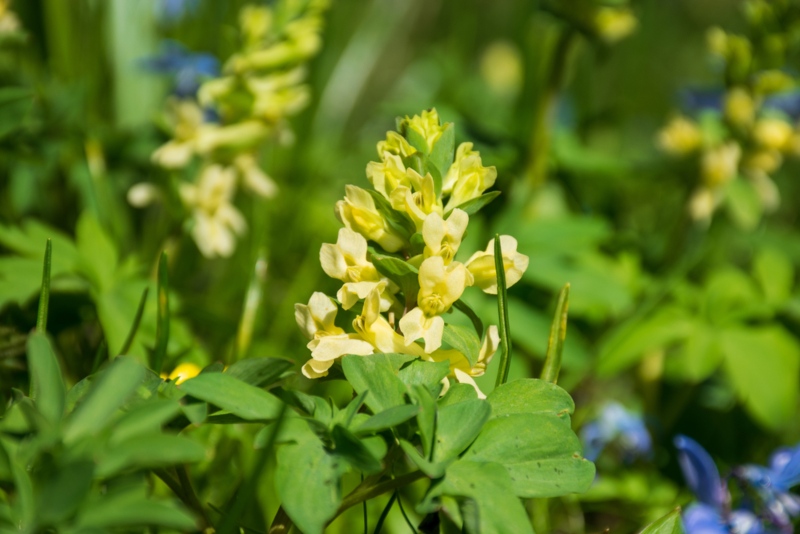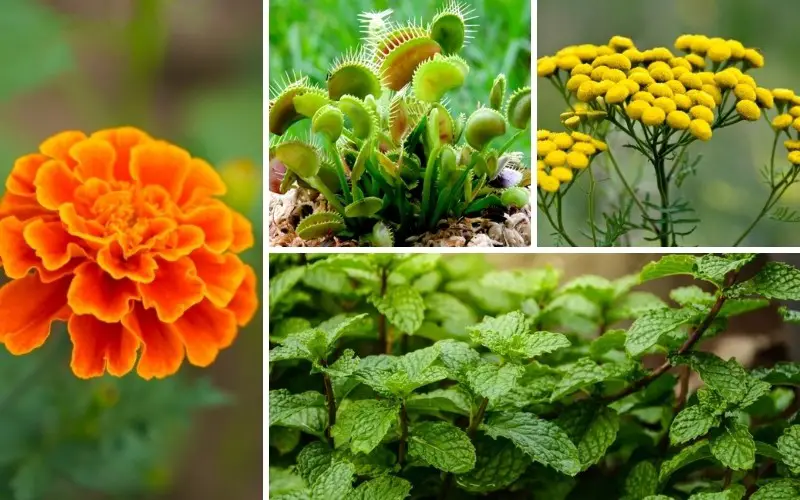
Flies are annoying pests to have around or in your home, as they can get in your food, buzz in your area, and even be painful if they “bite” you or others by spitting acid on your skin. Thankfully, there are many high-quality plants that you can use to repel these insects from your home.
In each description, you’ll learn more about the unique elements of each of these plants, including how much sunlight they need to grow, their overall watering needs, and other aspects that may make them a good choice for your needs.
1. Mint

The sharp aroma of mint plants will repel not just flies but also many other pests away from your home. Mint is probably best grown outdoors in reasonably rich soil, as it tends to grow quite large and sprawl unexpectedly. Keep the surface of the ground damp but not drenched, and keep the earth loose to allow the roots to grow smoothly. Trim the plant regularly and use these leaves to flavor tea or other meals with a minty aroma.
2. Basil

Basil is one of the most popular fly-repelling plants because it is reasonably easy to grow, produces a decent smell, and is very easy to spread throughout a home or garden. They need only a little of watering, too, though they usually need pretty regular and consistent exposure to full sunlight to develop well. You also need to keep the soil watered regularly to prevent damaging dryness.
3. Citronella
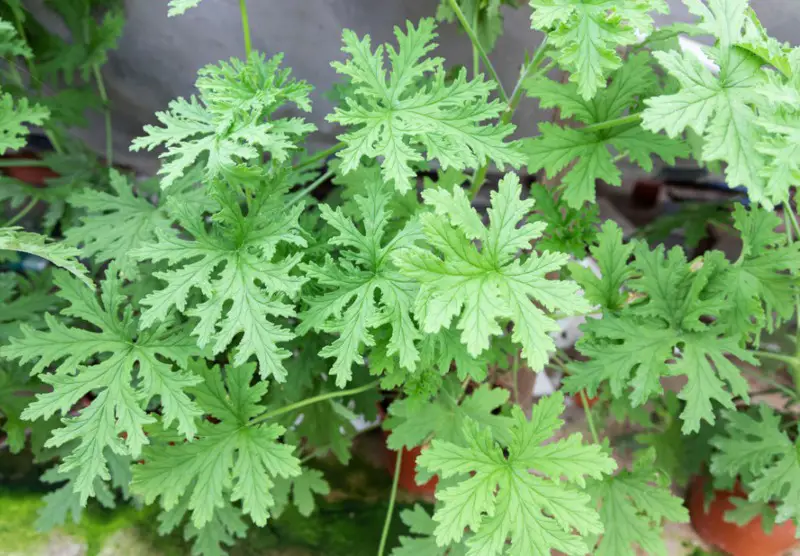
Citronella is best as an outdoor plant, though it can grow indoors if you work to keep it warm. It requires a lot of sun (direct sunlight for most of the day) and rich soil to spread quickly. However, when cultivated correctly in your home and around your yard, you can repel not only flies but mosquitoes as well. Look for long leaves and a plant that looks like grass: this is true citronella and not the pseudo type you may see. Citronella is also sometimes known as lemongrass.
4. Lavender

Lavender has a smell that may deter some humans as well as flies, moths, and mosquitoes. However, those who love this smell will enjoy growing a few of these plants in or around their home. You will need to keep them relatively warm and in direct sunlight for most of the day, keeping their soil rather loose and moist but not damp — they are prone to root rot if left in wet soil for too long.
5. Marigold
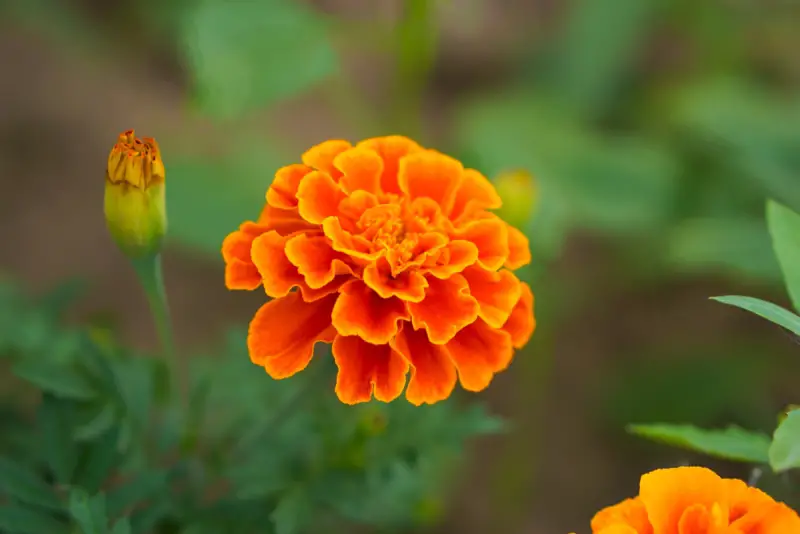
Although marigolds require a lot of heavy light and warm temperatures to grow smoothly, they produce a rich aroma that is upsetting to many flies. They are perfect for managing whiteflies, though others will stay away from them as well. Their soil needs are pretty broad, though you should make sure to aerate the earth where they grow to allow them the room to spread more quickly.
6. Sweet Woodruff
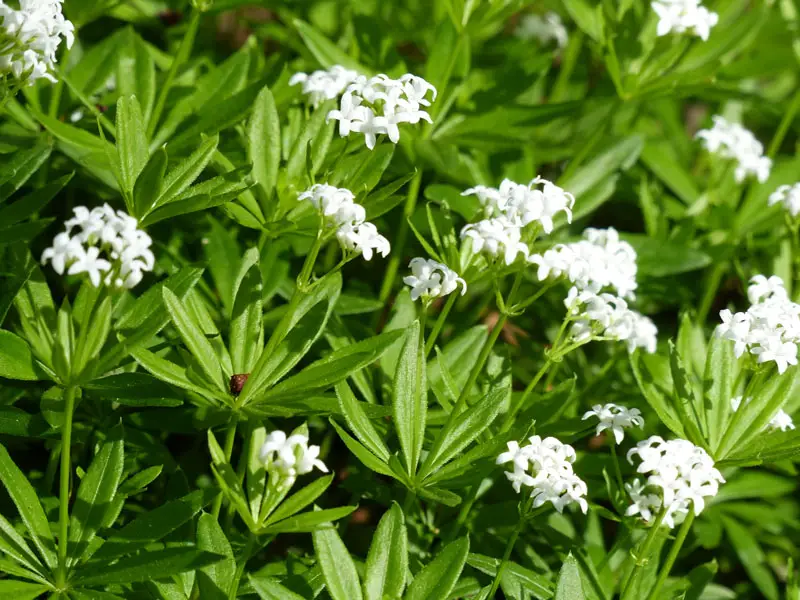
As an outdoor plant, sweet woodruff is an excellent fly deterrent. It spreads quickly and easily throughout a yard with minimum maintenance. You can hang small growths indoors to get some benefits, making sure to keep it in indirect sunlight and water it when the soil just gets dry. Make sure to trim excessive growths when used indoors, though, or it may spread far behind your initial pot.
7. Tansy
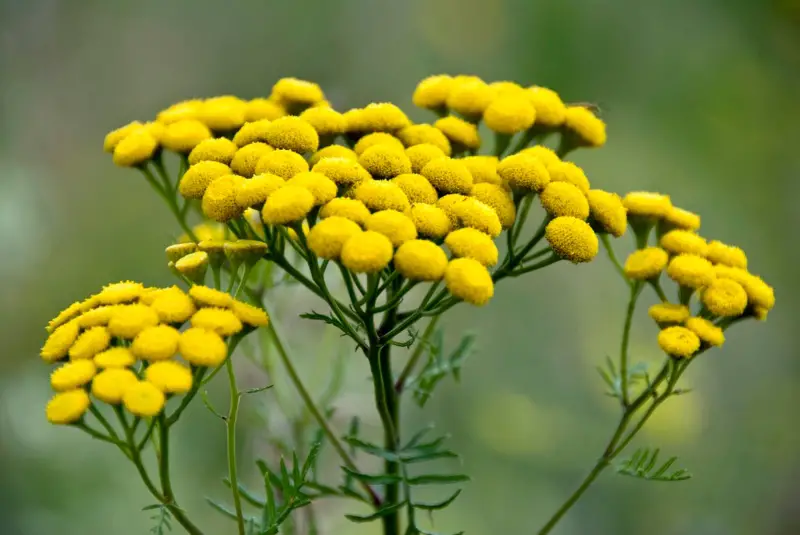
If you want a plant that looks attractive as it repels flies, tansy is a good option. It can produce a variety of different yellow flowers that make a home more appealing for many people. Keep your tansy in indirect sunlight to prevent excessive UV ray exposure. As a reasonably hardy plant, it doesn’t need perfect soil to succeed. Make sure to keep tansy plants well seeded because they can grow excessively otherwise.
8. Rosemary

Rosemary is a bit high-maintenance as a plant but works very well as a fly deterrent. Its high maintenance mostly comes in its need for a lot of sun (at least 6-8 hours of direct sunlight), picky watering needs, easy root rot concerns, and good airflow around the plant at all times. However, their smell is pleasant enough for most homeowners to handle when compared to the more potent lavender.
9. Common Lantanas
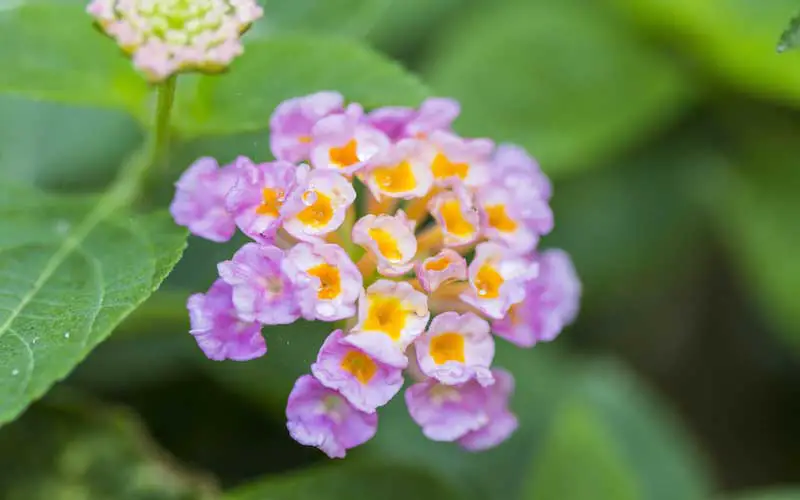
The lantana is not only a strong fly repellent but a great way to keep mosquitoes out of your home as well. That said, it is hard to grow in non-tropical areas and can be quite toxic if eaten by animals or even children. If you can keep it properly warm, though, you’ll need reasonably balanced soil with a lot of aeration and semi-frequent watering to keep this plant growing correctly.
10. Venus Flytrap
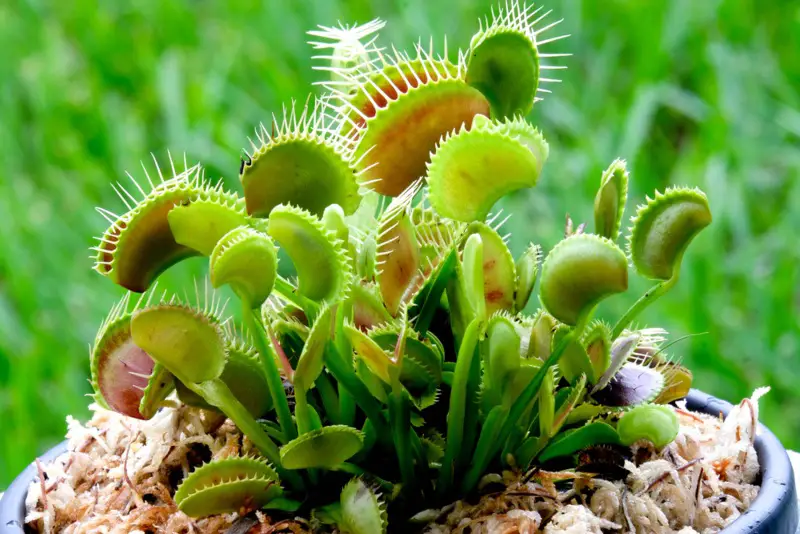
While a Venus flytrap doesn’t necessarily repel flies, it will literally eat them and keep them out of your home. Unfortunately, the Venus flytrap is hard to grow in many conditions, often struggling in outdoor areas that aren’t quite warm and moist. Indoors, it is a little easier to grow, as it needs moist, but not soggy soil, and soil with a slightly acidic level that may be harder to maintain outdoors.
11. Parsley

The cool thing about growing parsley is that you can trim and pick some of it and use it as a spice or ingredient in your food. Though it doesn’t have a strong odor, it attracts bugs that do not eat plants but instead attack pests that do eat garden growths. And parsley is a pretty hardy plant and needs little maintenance — weekly watering and indirect sunlight may be all it needs to stay healthy.
12. Chrysanthemums
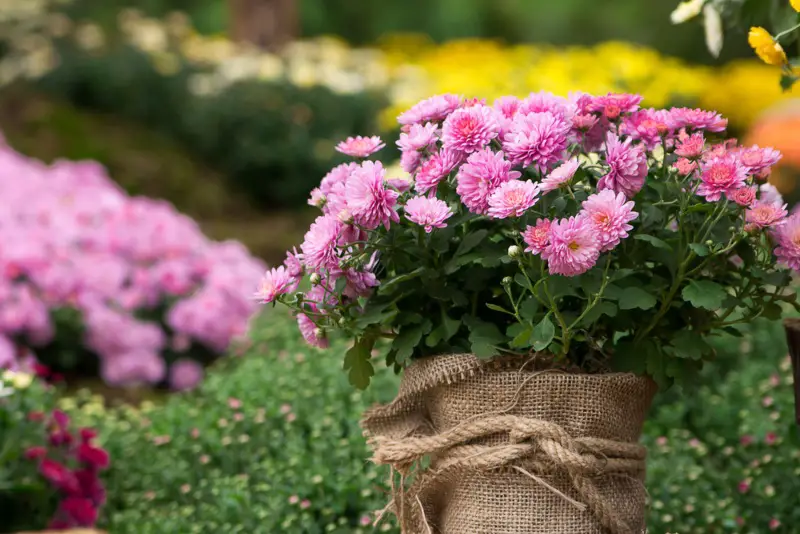
These flowers are commonly used as natural ingredients in various anti-insect repellents, making them an excellent option for your garden. Try to scatter them throughout the ground at multiple points to make sure they cover as much area as possible. Thankfully, they don’t require a lot of maintenance and can sprout into various different-colored blooms in the summer and spring.
13. Allium
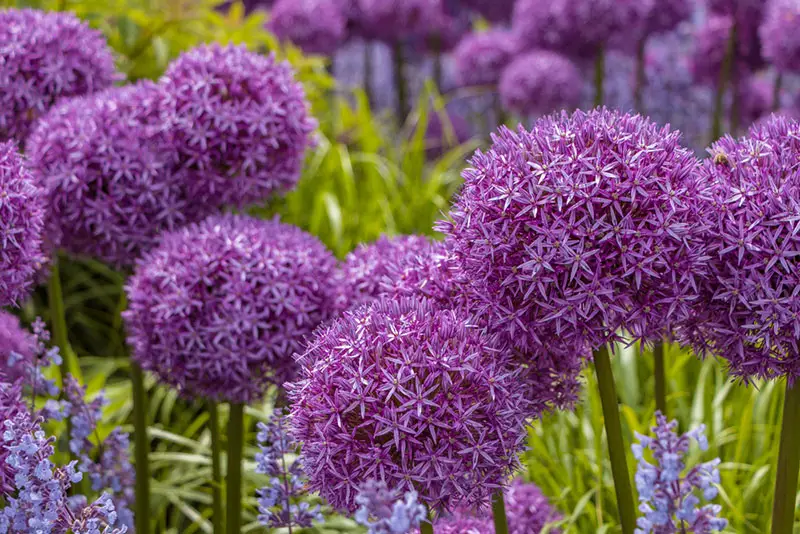
These rather sharp-scented plants will deter flies, aphids, and various other insects from a garden. You can typically grow them quite quickly in most types of soil, though they usually need pretty heavy sunlight exposure. Some of these plants can grow as tall as six feet, too, so make sure that you have reasonably loose soil that allows their roots to expand as much as is necessary for their overall needs.
14. Nasturtiums
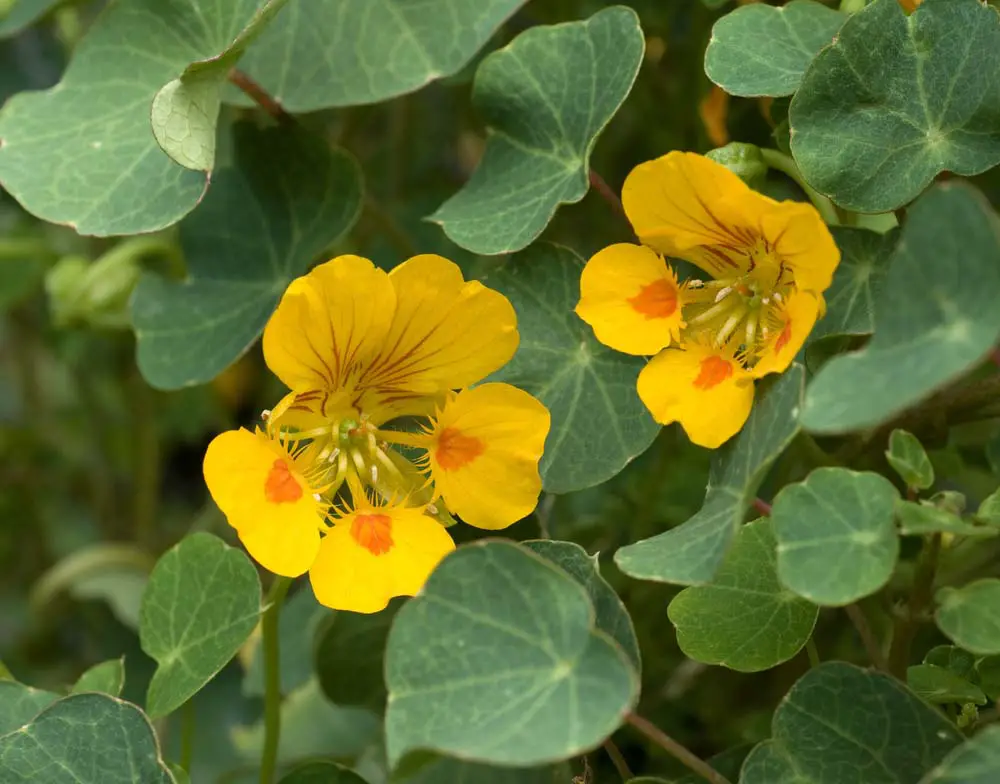
With broad yellowing flowers that look great in many gardens and homes, nasturtiums provide you with a tremendous fly-repelling odor. They also help to drive away other pests like squash bugs and cucumber beetles. Interestingly, the flowers attract aphids and trap them inside, killing them with ease. Make sure to provide plenty of water and sunlight, up to 3-4 hours of direct exposure a day, for the best growths.
15. Petunias
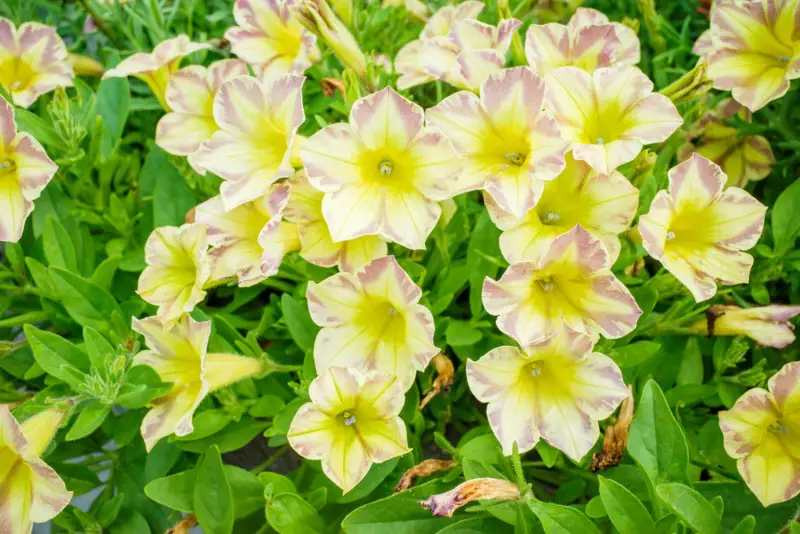
Petunias flower beautifully and produce many colors, such as yellow and orange. They also help to deter insects by having a poisonous texture that will kill them if they try to eat them. Even better, they have minimal maintenance needs. They can flourish in just about any soil, even relatively dry and nutrient-free areas, and can thrive in many types of sunlight conditions.





